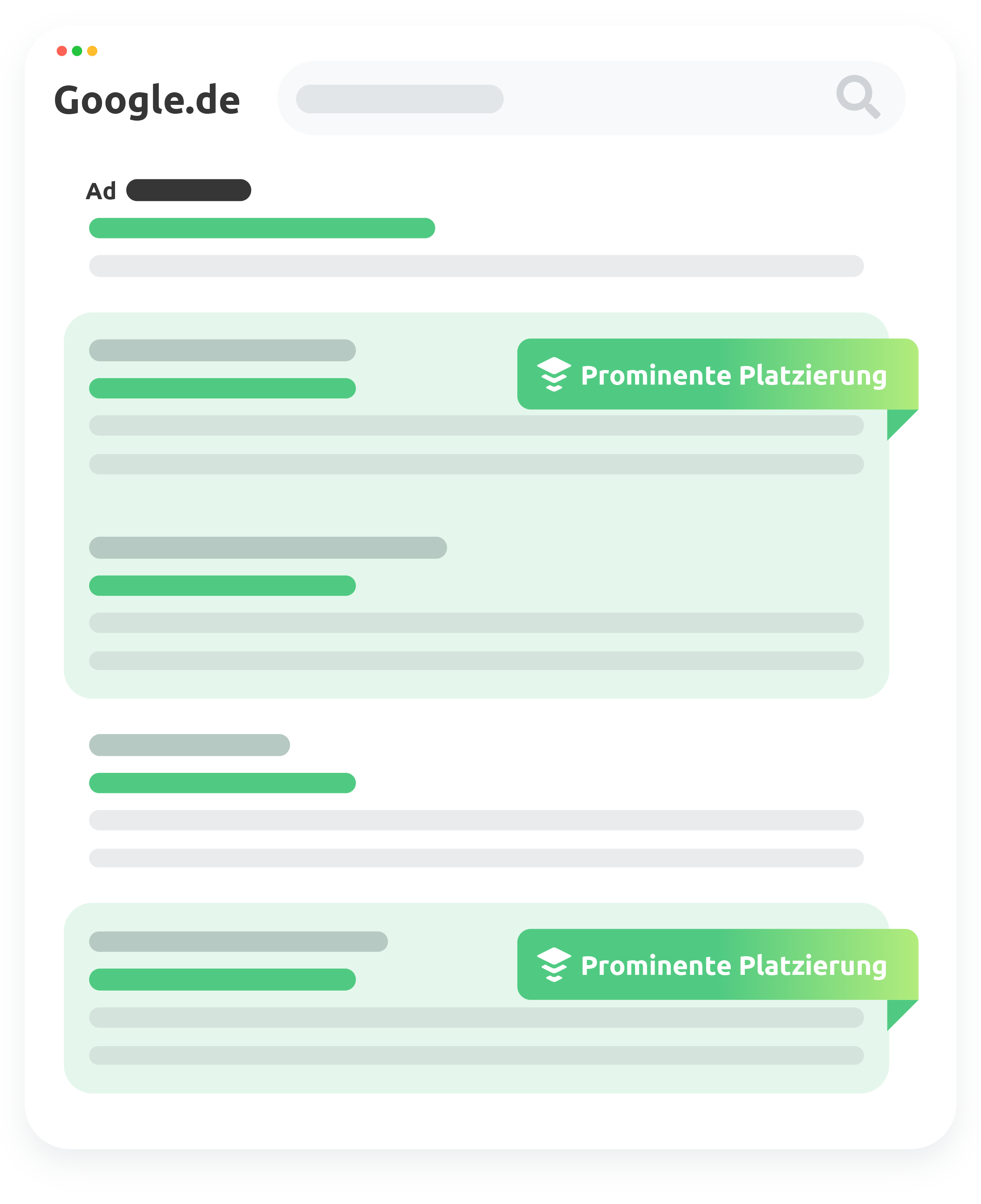Challenge in managing trading platforms
Depending on which markets are in focus and what the exact objective of the B2B online marketing strategy is, a selection of relevant trading platforms must be made. The challenges that now arise are rooted in the different languages, requirements for the product data and input masks of the portals. Basically, the more diversified the portal selection, the more complicated it is to maintain, implement and manage the entries. This results not only from the higher number of B2B portals and platforms, but also from the fact that with a larger portal selection, especially when it comes to smaller portals, the data masks and requirements differ even more.
Every trading platform has different requirements for companies that want to list premium entries. A brief introduction to the company and contact details are usually required. In addition, depending on the willingness of the listing company to pay, options are also offered to enrich the entry with detailed product information, videos or keywords. However, this differs from portal to portal and, in particular, small changes can lead to great administrative effort. If a company has, for example, adjusted the description of two products and listed premium entries on six portals in Germany, France, the USA and China, then all portals have to be called up individually and the new information has to be entered in the appropriate languages.
Another problem with administration arises from the large number of possible B2B platforms. On the one hand, it is difficult to identify the most relevant portals and maintain them regularly. On the other hand, you can quickly lose track of the information provided. The different user interfaces and requirements make it difficult to use the portals in a simple and time-saving manner.
Opportunities for managing B2B portals
The difficulties in managing B2B portals described above can also open up new opportunities and possibilities for sales. For example, the large number of different B2B portals can be cleverly used to reach customers even more specifically and thereby significantly improve the validity of customer inquiries. More specific, smaller portals, which may mean higher administrative costs, can be significantly more profitable as a result.
Administrative burden solutions
One possibility to minimize the administrative effort for the different B2B portals would be to reduce the number of B2B portal entries. Although this minimizes the effort, fewer portals also reduce the number of valid customer inquiries and thus the efficiency of the measure. Another step would be to focus on fewer languages, for example only English and German, in order to keep the translation effort low. However, this is also not advisable, as this extremely restricts the range in many target markets. Both of the above solutions have the disadvantage that they always come with unwanted compromises. KytoSync offers a remedy here, as our software enables you to manage countless B2B portals simply and easily via one interface.
Conclusion
Before deciding on premium entries on different B2B trading platforms, you should carefully consider which goals and markets you want to reach. The exact selection of the portals should always be preceded by a thorough keyword analysis on the relevant search engines in order to determine which portals are really relevant. As soon as the entries have been booked on the different B2B platforms, it is advisable to provide the same information on all portals. This has the advantage that changes can be implemented more easily and quickly on all portals. If information material needs to be translated, a native speaker should be employed or similar translations from established sources should be used.
What steps should you take?
- Select target markets and conduct keyword analysis
- Carefully select B2B portals
- Prepare relevant information well and upload it for all entries
- Compare translations from multiple sources
- Update new information or changes directly in all entries
KytoSync helps you to manage your online entries on B2B portals easily and thus minimizes your administrative effort. You will receive significantly more customer inquiries through detailed portal entries.

